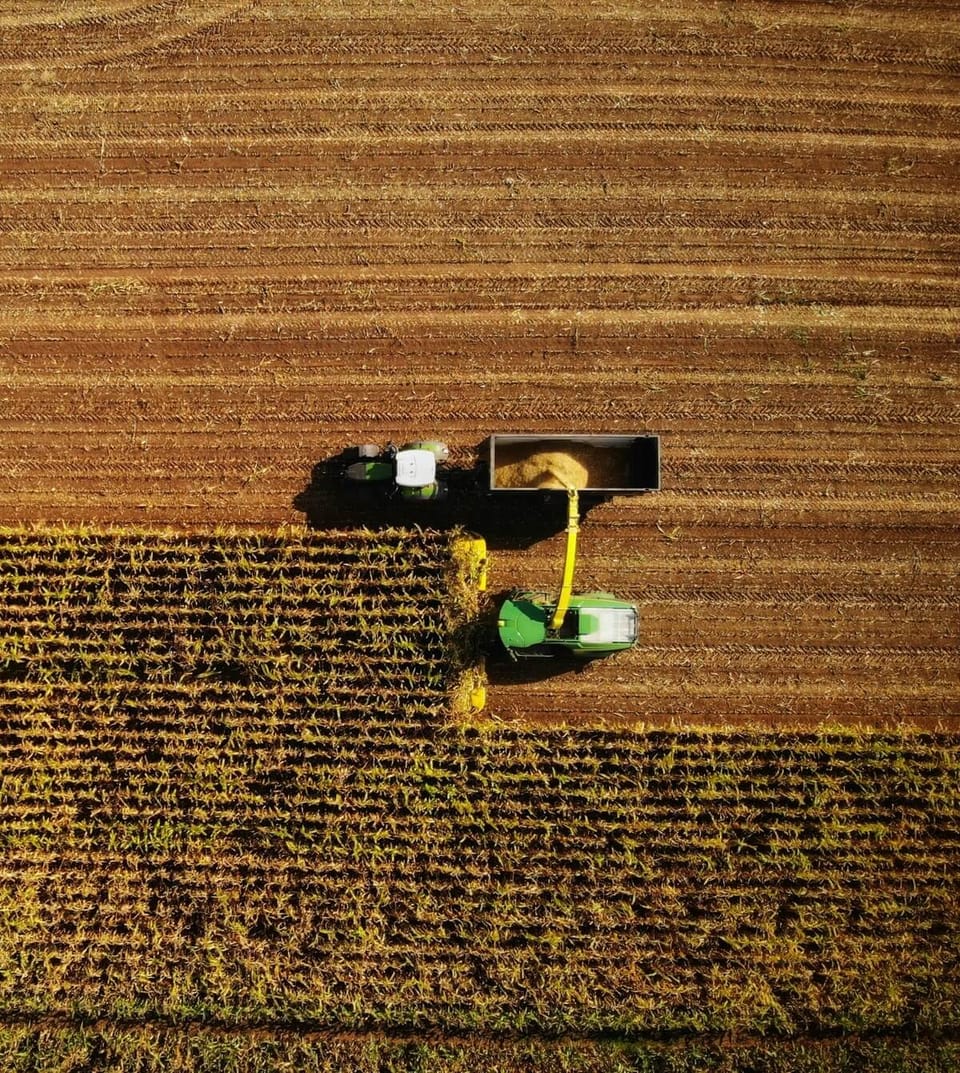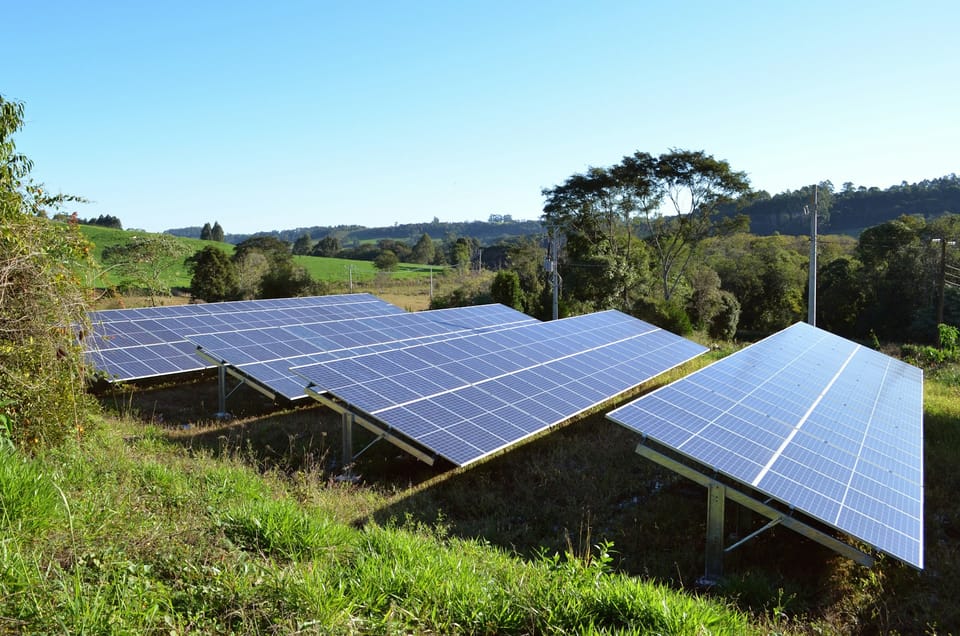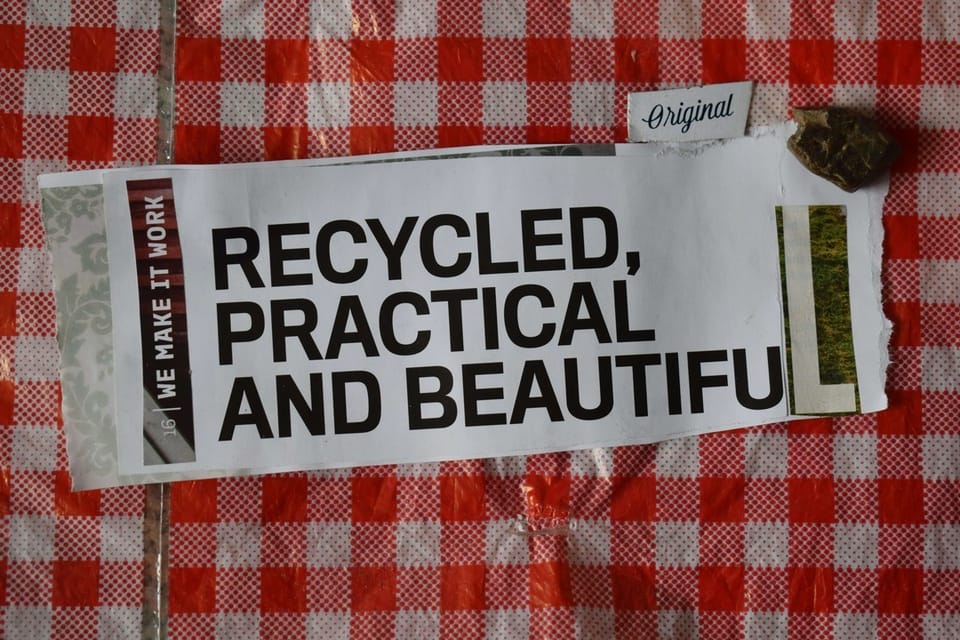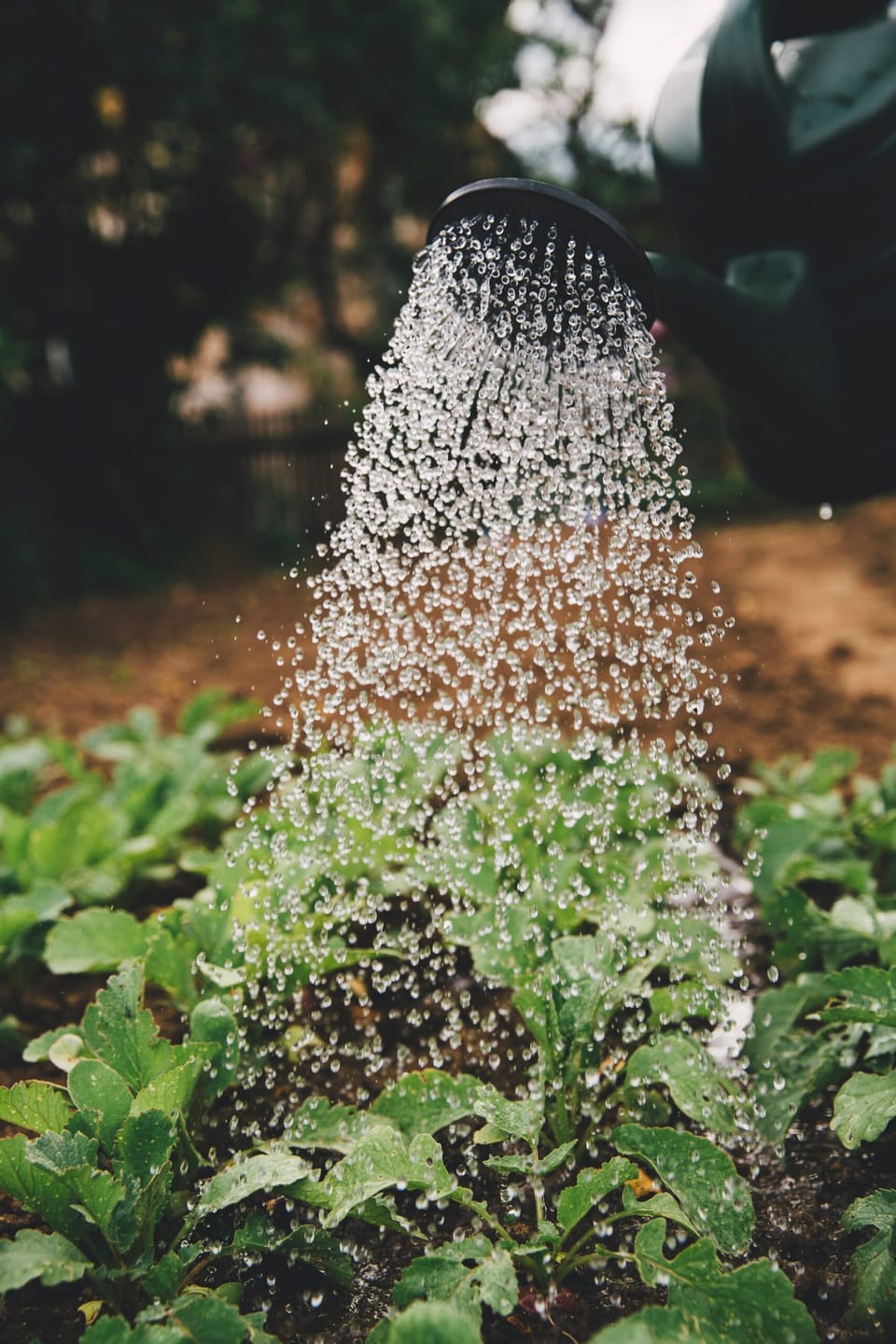Mountains of Microplastics Forming at the Bottom of the Ocean
Far from sight, microplastics are forming underwater mountains—impacting marine ecosystems in ways we’re only beginning to understand. This deep-sea pollution signals a critical call to rethink our relationship with plastic.
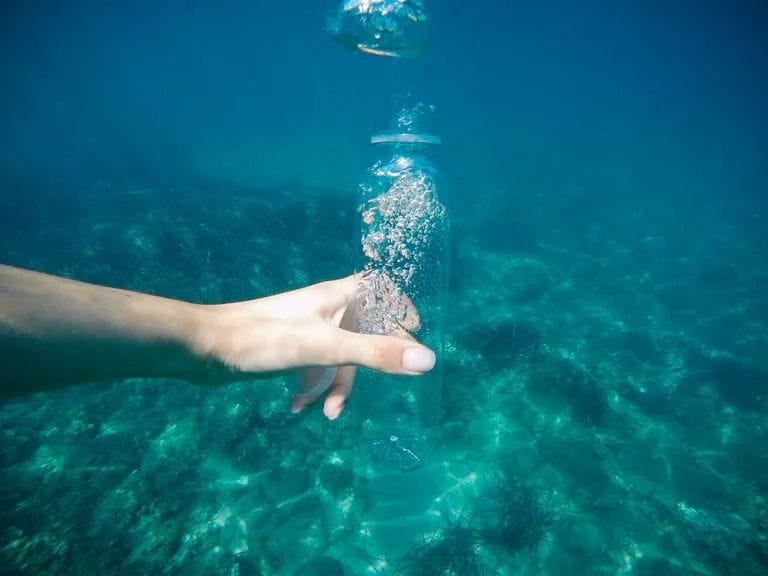
We already know our love for plastic is as deep as the deepest depths of the ocean. Because, of course, we found it there, way down at the bottom of the Mariana Trench. It takes a special kind of submarine to make that nearly 36,000-feet dive. But candy wrappers? Bon-bon voyage.
And while those unwelcome discoveries demonstrate just how pervasive this plastic plague has become, there may be something even more unsettling about these new denizens of the deep-sea. Scientists haven’t been able to account for most of the 8 million tons of it that we heave into the ocean every year.
But a new study may have finally answered that question.
The research found that plastic is moving into the deep-sea neighborhoods that anywhere from 500,000 to 10 million species call home. But zip-loc bags among giant spider crabs and tube worms and vampire squid are one thing. Plastic is also finding its way to the vents that literally stir the oceans.
Those slow-moving masses of water near the ocean floor, dubbed thermohaline currents, act like a vast circulatory system. They swish around oxygen and nutrients vital to life at those depths. According to the new study, they may also be spreading microplastics far and wide.
“Our new research shows that powerful currents sweep these microplastics along the seafloor into large 'drifts' which concentrate them in astounding quantities,” the researchers note in The Conversation.
The Plastic We Don't See
It’s easy to spot the menacing mounds of garbage floating on the open sea, including the granddaddy of garbage, the Great Pacific Ocean Garbage Patch. But they’re more like icebergs than islands. As plastic breaks down, it gets smaller, forming particles that are less than five millimeters in diameter. While some microplastics remain afloat, at least half of it sinks into the sea, permeating even its food chains.
“Almost everybody has heard of the infamous ocean 'garbage patches' of floating plastic, but we were shocked at the high concentrations of microplastics we found in the deep-seafloor,” study lead author Ian Kane of The University of Manchester notes in a press release.
"We discovered that microplastics are not uniformly distributed across the study area; instead they are distributed by powerful seafloor currents which concentrate them in certain areas."
Indeed, the vast microplastic drifts forming on the ocean floor may far eclipse what we see on the surface.
For their study, researchers compared sediment samples taken from the Tyrrhenian Sea, off the coast of Italy to those taken deeper down the continental slope. The coastal samples yielded 41 pieces of plastic per spoonful of sediment. Deeper down the shelf, the number dwindled to nine pieces. But in the sediment built up deep in the ocean, adjacent to thermohaline currents, they found a whopping 190 pieces of plastic per spoonful — the highest concentration of microplastics found on the seafloor to date.
A Plastic Buffet for Marine Life
Researchers say that plastic is likely being distributed by those deep-sea vents, swishing plastics alongside nutrients and oxygen throughout the depths. Indeed, if the ocean’s circulatory system has been compromised by plastic, it could choke out critical bastions of biodiversity on the seafloor.
“We’ve now discovered how a global network of deep-sea currents transports microplastics, creating plastic hotspots within vast sediment drifts,” the scientists note. “By catching a ride on these currents, microplastics may be accumulating where deep-sea life is abundant.”
That means marine animals, particularly microorganisms that are vital to ocean health, are getting a side order of plastic with their oxygen and nutrients — and also that current ocean clean-up efforts may only be, literally, scratching the surface of the problem.
“Our study has shown how detailed studies of seafloor currents can help us to connect microplastic transport pathways in the deep-sea and find the 'missing' microplastics,” study co-author Mike Clare, of the National Oceanography Centre notes in the press release. “The results highlight the need for policy interventions to limit the future flow of plastics into natural environments and minimise impacts on ocean ecosystems."




